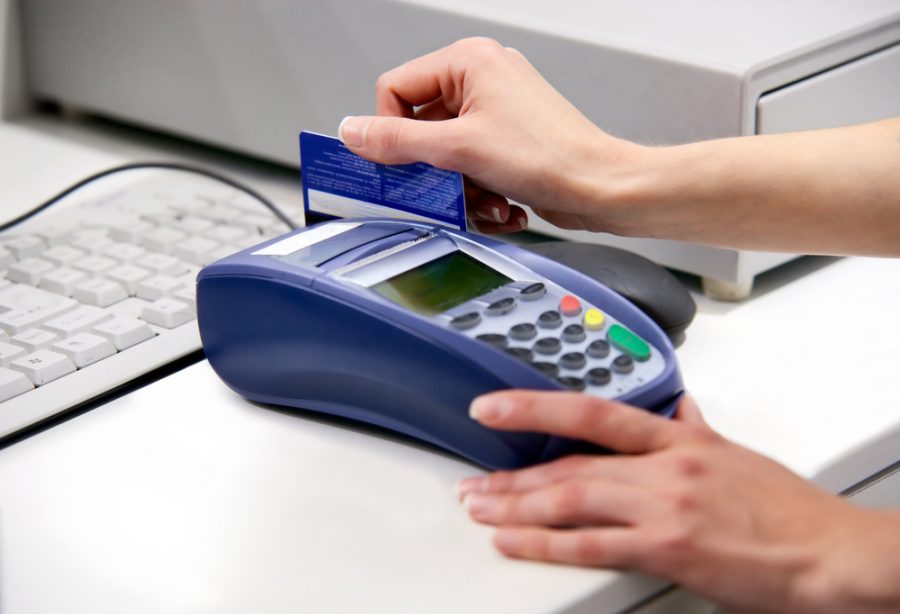It has come to our attention that not many businesses know their credit card merchant statements. As a dealer, you have to read and be able to grasp every detail of your merchant statement. This is the only way to know how much you are paying for credit card processing. It could be more or less than you imagine. The only way to find out is by going through your statements. Unfortunately, many merchants are made to believe that these statements are complicated so that they don’t become aware of too much. The truth is, understanding this financial statement can be made simpler; this is the purpose of this article.
To fully understand the components of a merchant statement, you need to be able to differentiate between base cost and markup fully. Base cost is a total of what goes to bank that issue credit cards and what goes to the credit card companies’ form of fees; these are known interchange fees and assessment fees reactively. You should be aware that base cost is usually the same for all processors; it is non-negotiable. The other potion of credit card processing services is markup which is simply any charge above the base cost, and it is negotiable. This is the part that gives most merchants headaches while they read their statements. Well, we won’t go deep into the base cost, and markup as the only thing you need to do now knows the difference between the two.
Onto what is most important; understanding the tenets of a merchant account statement. But before we go into details, you should know that there different types of statements that would encompass different price points. It is important that you know the kind of pricing model that your processor is using to assess fees.
The conventional pricing models used by processors are;
- Tired pricing
Also known as bundle pricing, this is the most common form of pricing used in merchant account services. You can identify a tiered pricing process by the standard terms used such as qualified, mid-qualified and nonqualified often abbreviated as qual, mqual and nqual.
Here is an image example;
The problem with this form of pricing is it is at the processor’s discretion which category they place the various card/transaction types. So, consequently, you may be paying more that is necessary on some.
- Cost-plus pricing
This form of pricing is, by far, the most transparent and most desirable form of pricing. That is, as long as the processor utilizes a format of their statements that are easy to read and understand. Although not all reports look alike, there are certain items that you will typically see in a merchant account statement. These are;
- Deposits; this would be a daily listing of your batch totals for the day.
- Deposits item summary; this section would be totaled as far as your total number of transactions and the amount along with any credits.
- Card summary; On some statements, you may see this category which just breaks down how many different card types you received, e., Visa, MasterCard, among others.
- Discount; this is usually very lengthy based on the particular card and transaction types that you see in your business. It is one section where you need pay most attention to despite being quite light.
- Other fees; and the other charges section, you will likely see something referred to as Watts or Per Item Fees. These are typically Authorization fees being charged by the processor. Additionally, under this category, you will find numerous “pass-through” fees that are assessed by the card brands or networks and are the same for all providers and are not negotiable.
To conclude, when studying your merchant statement, ensure that you look for fees that you don’t understand and seek clarification from your merchant credit card processing company rep or customer care department.
